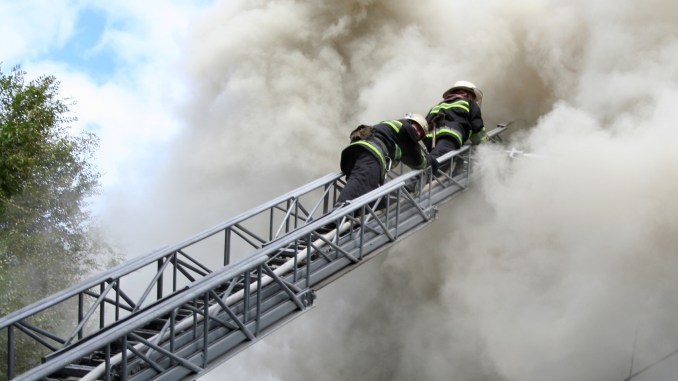
Fire statistics at the national level, conclude that 2 out 3 victims in fires is due to inhalation of smokes. In addition, the fires in buildings represent 94, 3% of the victims of the fires, being dwellings the place where the greatest risk exists for people.
But looking back, the fire statistics show us that the actions that are being carried out by the different agents involved to avoid the victims as a result of the fires, are in the right way because the evolution of the victims tends to reduce in spite of a rebound in 2014. Thanks to these data, Spain is one of the safest countries in the world.

Figure 1. Evolution of the number of fatalities. Source: Study of fire victims in Spain 2014. (APTB and Fundación Mapfre).

Figure 2. Comparison of the fatality rate per million inhabitants. Source: Study of fire victims in Spain 2014. (APTB and Mapfre Foundation).
Given this situation, should we consider the inclusion of the smokes toxicity in the reaction to fire classification of construction products and materials?
At present, the evaluation of the smokes generated by the building products and materials is quantitative and non-qualitative, that is the smokes toxicity generated in the reaction to fire tests is not measured.
Moreover, the current legislation does not take into account the smoke toxicity. In the same way, the furnishings of a dwelling or building are not subject to reaction to fire tests. (Except for seats and seats upholstered as well as suspended textile elements such as curtains, etc. installed in buildings and establishments of public concurrence).
The content of buildings, especially in dwellings, is the key in the early stages of the fire, due to the speed of propagation as well as the development of a fire will depend mainly on this type of materials. At present, there are studies that indicate that the flashover could be reached in less than 5 minutes when it used to be a time of 30 min.
In case of fire, the furniture and the equipment of an office or a house, will be affected by the fire in the first phase and depending on its flammability they will be able to spread in different ways. The contents of the dwellings will be the main focus of smokes generation in this type of fire.
Coverings such as a laminated gypsum board or a decorative coating of any material, when exposed directly to the fire, will be affected in the early stages of the fire, where it will have special relevance of its reaction to fire properties.
Other unexposed products, such as thermal and acoustic insulation products and materials, will have a very limited contribution because they would not be exposed in a first phase and would only be in case of collapse of the surface layer. This could happen once the flashover has been originated in the room.
In conclusion, the inclusion in the euroclase of a part to assess the smokes toxicity would therefore not imply a significant improvement in the reduction of fire casualties, due to statistical data show that the source of the toxicity that affects to the people come from the furnishings of buildings and dwellings (sofas, tables, beds, clothes, furniture, books, toys) and not from the building products and materials.